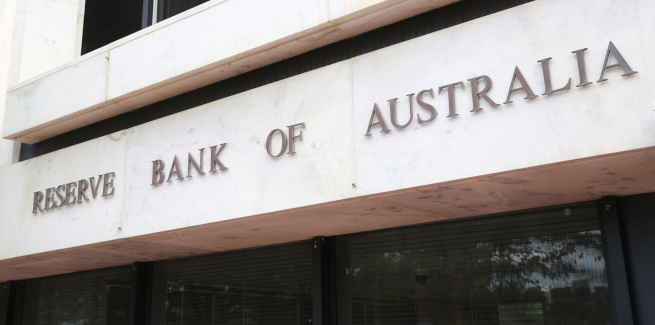The Australian Bureau of Statistics’ (ABS) latest Lending to Households and Businesses data has reported a 2.9 per cent rise (seasonally adjusted) in the value of home loans settled in August.
The August uptick was driven by a rise in investor activity, with the value of investor loans settled (excluding refinancing) rising 5.7 per cent month-on-month — the sharpest monthly increase since September 2016. This followed a 4.6 per cent increase in July.
The value of owner-occupied lending also grew (excluding refinancing), rising 1.9 per cent in August, following on from a 5.3 per cent increase in July.
Reflecting on the ABS data, Mortgage Choice CEO Susan Mitchell said: “The continued growth in home loan demand is consistent with the turnaround we are seeing in the housing market of late, particularly in the nation’s two largest markets, Sydney and Melbourne.
Ms Mitchell added that she isn’t surprised by the resurgence in investor activity, given the recent developments that have restored confidence in the housing market, including rate cuts from the Reserve Bank of Australia (RBA), and certainty over taxation policy.
“The growth in demand from investors is unsurprising when you consider the many factors which may be positively impacting investor appetite,” she said.
“The result of the federal election took the potential removal of property tax concessions off the table. As a result, once cautious investors may have been encouraged to put their buying plans in action.”
She continued: “Policy and pricing on investment loans are now much more favourable.
“The gap between investment principle and interest and investment interest only home loan pricing was significant, but it has narrowed in recent times, as lenders who no longer have to meet investment lending benchmark caps are now aggressively competing for customers.”
However, according to ANZ Research economists Adelaide Timbrell and Catherine Birch, the pick-up in investor activity could raise the alarm bells for the RBA.
The economists claimed that the spike in investor demand could be viewed by the RBA as a threat to financial stability, with the accumulation of mortgage debt compounding risks associated with high household indebtedness.
“This supports concerns that the RBA’s rate cuts are flowing through more intensely into housing compared with other key parts of the economy, including household consumption and businesses,” the economists noted in a report.
“While we believe we’re currently seeing a pop rather than the beginning of a v-shaped recovery in the housing market, the increases in prices and mortgage demand are likely to be a concern for the RBA, particularly given record high household debt.”
Despite concerns over the impact of monetary policy easing on household indebtedness, some analysts are expecting an additional 25bps cut from the RBA in the coming months, which would take the cash rate to 0.5 per cent.
RBA governor Philip Lowe has maintained that the central bank’s monetary policy strategy is designed to “make more assured progress towards both full employment and the inflation target”.
[Related: Mortgage appetite ‘activated’ by serviceability changes]
 ;
;
